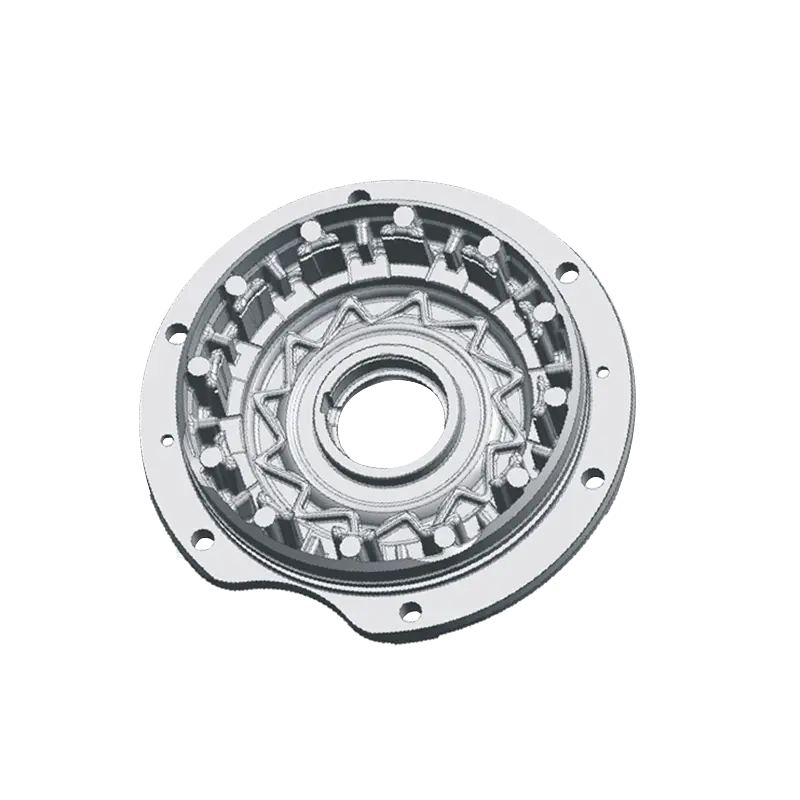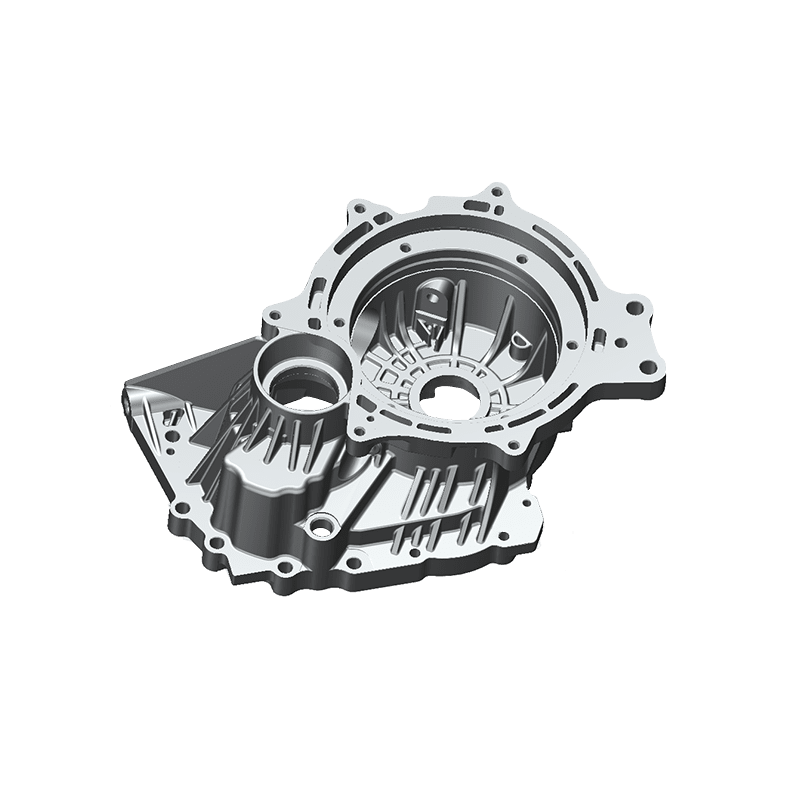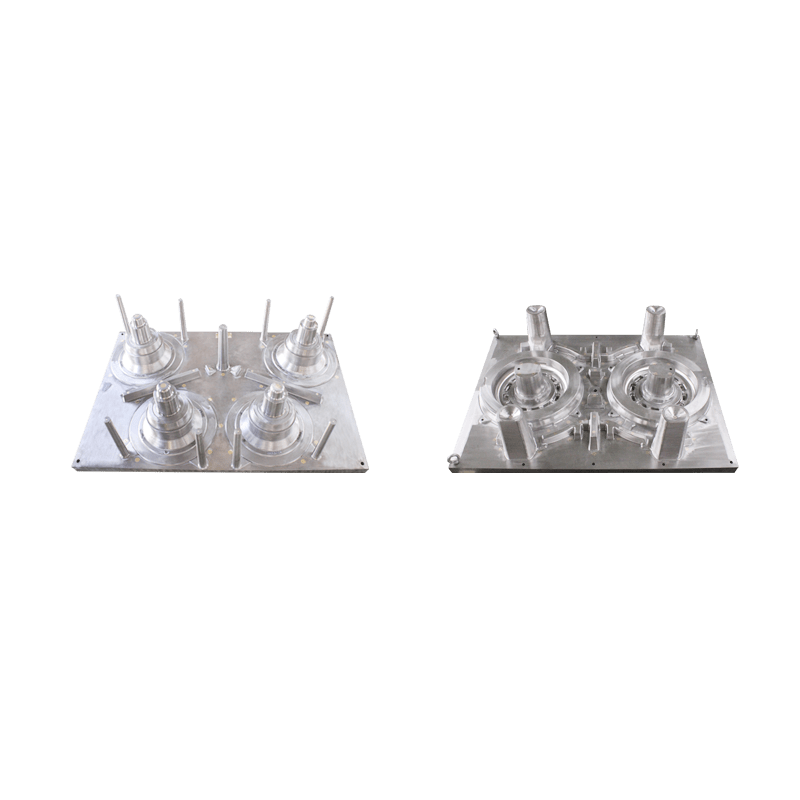Automotive molds face a variety of defects during the molding process, which directly affect the appearance, dimensional accuracy and mechanical properties of parts, bringing significant challenges to the production process. The causes of mold molding defects are complex, involving mold design, material properties, process parameters, operating technology and production environment. Common defects include pores, shrinkage, cold shut, flash, surface scratches, bubbles, pinholes, deformation, surface roughness, cold material and thermal deformation. These defects not only reduce the appearance quality of parts, but also may affect their structural strength and service life, and even lead to difficulties in subsequent assembly and use failures.
Porosity is the most common defect in molded products, usually manifested as small holes inside or on the surface of parts. This phenomenon is mostly caused by the failure of gas to be effectively discharged or the failure of volatiles in the plastic material to escape completely. The formation of pores is mainly due to poor mold exhaust, improper process parameter control, high volatility of plastic materials or unreasonable mold design. Shrinkage is a cavity generated during the cooling and shrinkage of the material, which usually occurs when the mold cooling is uneven or the cooling system design is unreasonable. The presence of shrinkage cavities can seriously affect the sealing and mechanical properties of parts, especially in parts with high requirements for strength and sealing performance.
Cold shut is a local shrinkage inconsistency that occurs during mold cooling, resulting in cracks or deformation on the surface of the part, and in severe cases may even cause local rupture of the mold. Flash is a common defect in the mold forming process, which is manifested as excess plastic or metal accumulation on the edge of the part, mainly caused by excessive mold gap, excessive injection pressure or insufficient cooling. Flash not only affects the appearance of the part, but may also hinder subsequent assembly processes, increasing production costs and time.
Surface scratches and bubbles are more common defects in mold forming. Scratches are usually caused by rough mold surface, insufficient mold processing accuracy or improper operation, while bubbles are formed by gas trapped in the plastic material in the mold cavity, which affects the appearance and sealing performance of the part. Pinholes are tiny holes, usually caused by gas entrapment or failure to effectively discharge volatiles in the material. This defect affects the sealing and appearance of the part.
In the mold forming process, deformation is a deformation caused by stress, which is manifested as part dimensional deviation, warping or distortion. This phenomenon is mainly caused by unreasonable mold design, failure to effectively release mold material stress, uneven cooling or improper operating parameters. Excessive mold surface roughness will lead to uneven surface of molded parts, affecting the appearance quality and even the matching accuracy of parts. Cold material phenomenon refers to the failure of plastic to fully melt or fill the mold cavity in the mold, resulting in local material shortage or voids in the parts, thus affecting the integrity and mechanical properties of the parts. Thermal deformation occurs in a high temperature environment, resulting in dimensional changes of the mold or parts, which may cause dimensional deviation and even damage to the mold.


 Pусский
Pусский Español
Español













